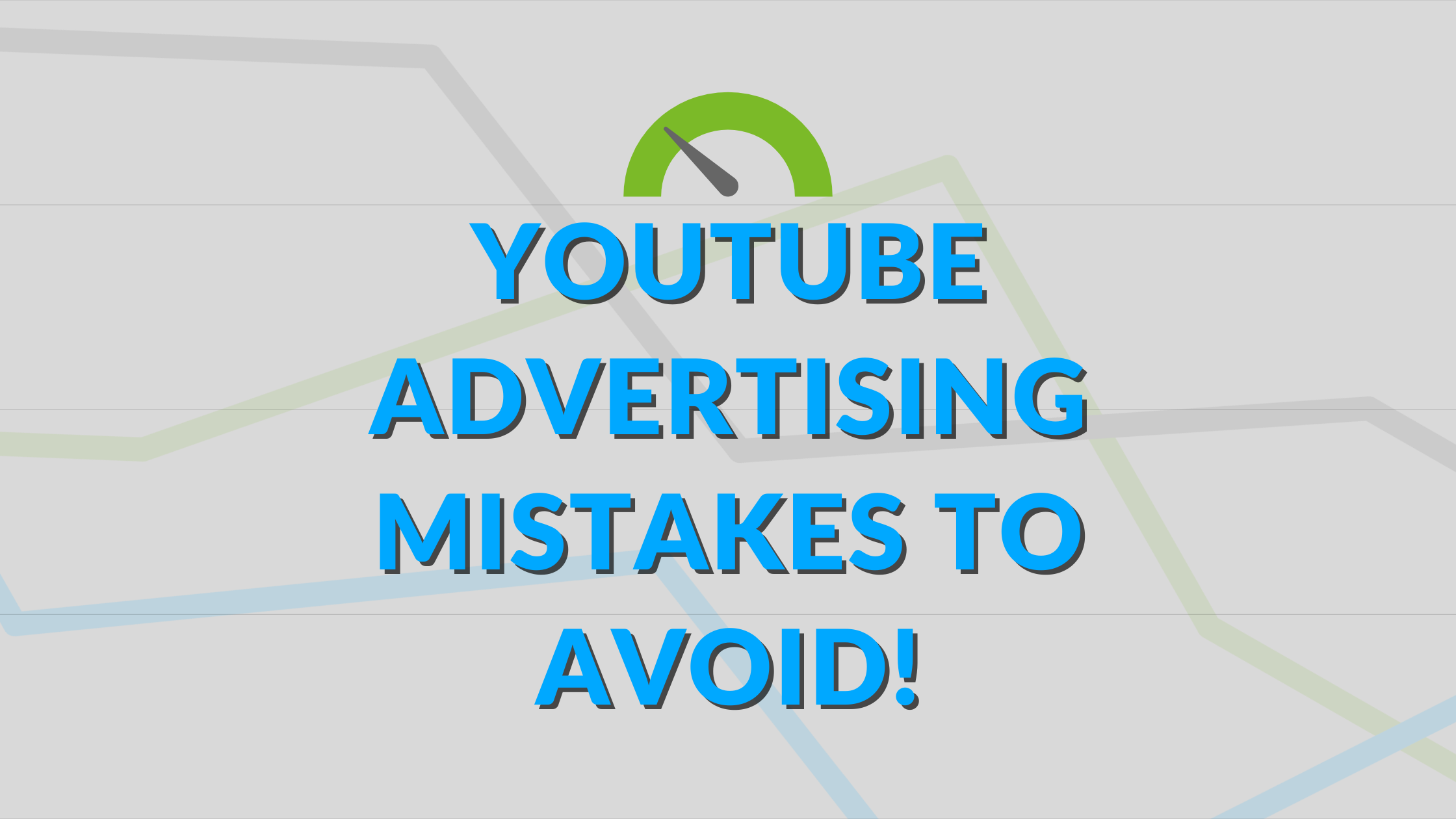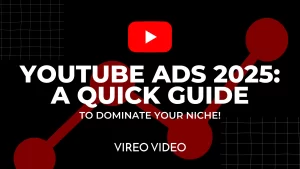Among social media networks, YouTube can proudly say that it has some of the most loyal viewers and creators on it’s platform. 122 million daily active users, and somewhere around 500 videos are being uploaded every minute. It’s no wonder that companies invest heavily into this platform to make their marketing campaigns a success! So how does one break through that noise to create an effective YouTube advertising campaign?
Truth is, there's more that goes into a successful YouTube ad campaign then just creating a great video and placing it in front of your target audience.
While there is no one specific formula for guaranteed results, the good news is that you can look to what has (or hasn’t) worked for others. So that’s exactly what we’ll share in this post, mistakes to avoid that we’ve learned through years of running YouTube ads. Avoid these and your business will be well on it’s way to successful YouTube Advertising.
PS – if you find this post helpful, please consider giving it a share or comment below. Alright, let’s dive in!
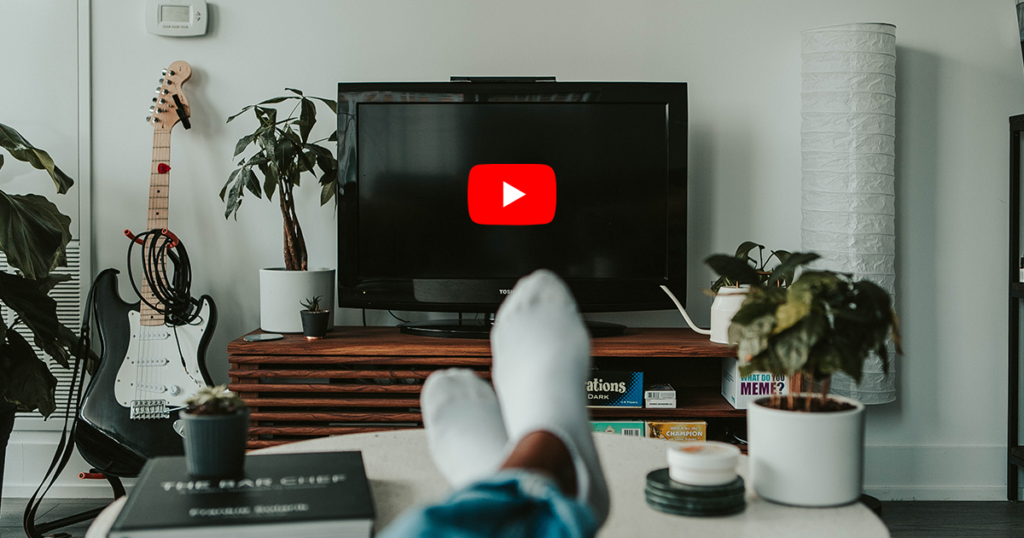
Bidding On TV Screen Devices For Conversion-Type Campaigns
Did you know that the time people spend consuming YouTube content on a TV device has been growing rapidly for the past few years? In fact, YouTube reports that watch time on TV screens now tops 250 million hours per day globally. That figure is from 2019, imagine where it is now?!
The watching habits of YouTube viewers is forever changing, and as advertisers we need to stay on top of these trends. We need to make sure we’re placing ads on the right displays based on the result we’re after.

For example, let’s say you’re running a conversion based campaign with the goal of driving website traffic. Well if viewers are seeing your ad on a TV, they can’t take action even if they wanted to. The viewer won’t be able to easily click your ad right then or there. In this case, you can still be charged for views and impressions depending on your bid strategy. So if conversions was the goal here then this wouldn’t be an effective use of your budget.
On the other hand, if your campaign goal is brand awareness or video views, TV placements can still be a great option because you don’t need viewers to take action.
To sum up, if you are running a conversion campaign for lead generation, you should exclude TV Screens. This may seem obvious, but we see it happen and unfortunately it can lead to wasteful campaign spending.
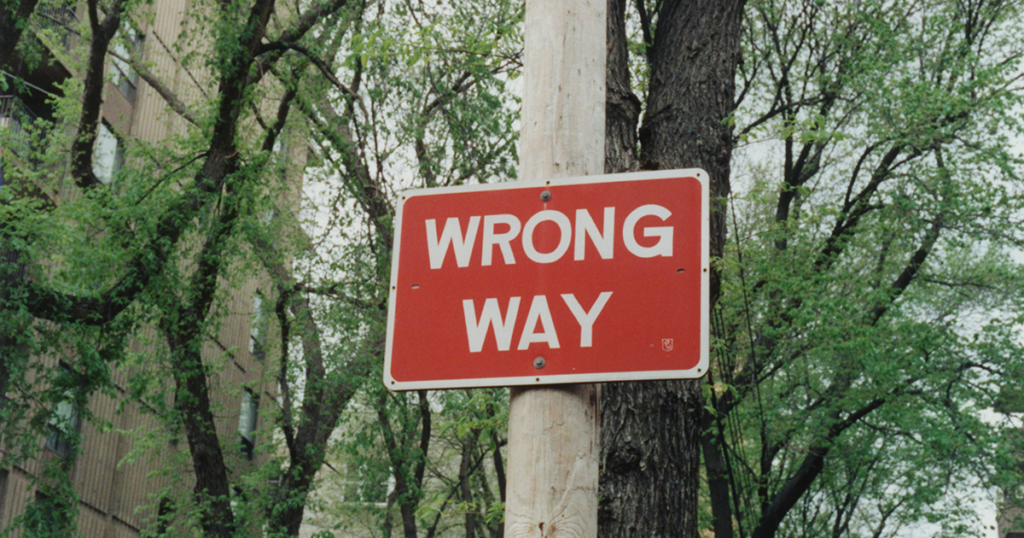
Not Leveraging YouTube Remarketing
Have you tried YouTube remarketing ads? They’re powerful! It’s best practice to include these types of ads into your strategy to target people who have already expressed interest, watched your videos, or interacted with your business in some way. This is a “warmer” audience so usually conversions can be achieved easier.
Creating a remarketing list should be one of your top priorities to take advantage of this strategy. There is two options here:
1) Target an audience that has seen your ad but didn’t click on it, or…
2) Target an audience that has seen your ad and clicked to visit your website but then didn’t take further action

For example, you want to target people who have been to your website, added products to their cart but did not proceed to checkout. You can set conditions on your remarketing list that allow you to target users who have abandoned their carts and didn’t complete their purchase.
Re-connecting with these potential customers can be done with YouTube remarketing, and these ads can be the difference between a sale or not. So for your next campaign, make sure to setup your remarketing list and take advantage of this powerful feature!

Having a very layered targeting
What is layered targeting? It’s when you assign more than one type of targeting in your ad, such as topics and audiences. In other words, it’s getting very specific about the viewers you’re targeting.
When taking this approach you will probably notice your estimated traffic dropping. It can still be a good strategy for when you want to reach very specific viewers who are likely to convert. However, understand that you’ll be restricting the reach of your ads a lot, which can cause the campaign not to spend at all.
There are two types of targeting methods you can use for your video ads: audience targeting and content targeting.
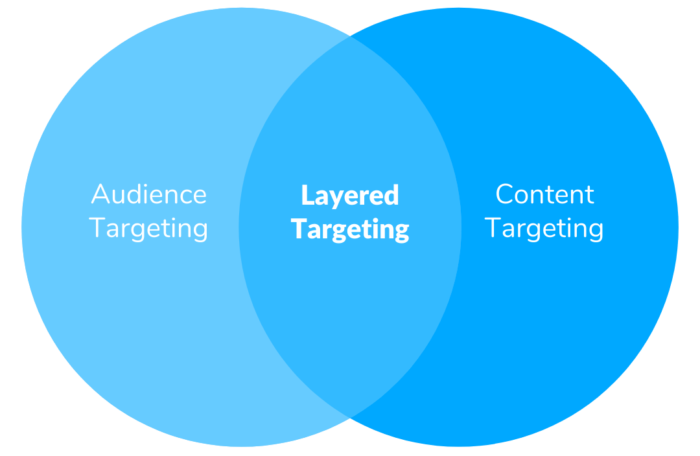
The audience targeting method involves focusing on people with certain interests or demographics that match your product or service. On the other hand, content targeting gives you the choice to pick where your ads are going to be shown. Think placements, topics and keywords.
So when setting up your campaign targeting, remember that if you use too many layers like the ones we’ve mentioned above, you may find your campaign not spending. Make sure that when you do use a very layered targeting approach, that you really understand that niche, and check back in on your campaign often to ensure your ads are being delivered.

Ads without a clear hook or CTA
In our digital world where there are a million different things competing for our eyeballs, your ability to catch viewers attention is so key! In fact, you only get about 5 seconds to hook people in on YouTube. Otherwise the viewer is moving onto the next thing.
This is especially true with YouTube pre-roll advertising because viewers have the option to skip it. So your video has to stand out and convince the viewer it’s in their best interest to stick around and see what you have to say.
Take one of our own YouTube ads shown below for example. The first word is literally STOP, in an effort to get viewers to, well, stop and watch our video.
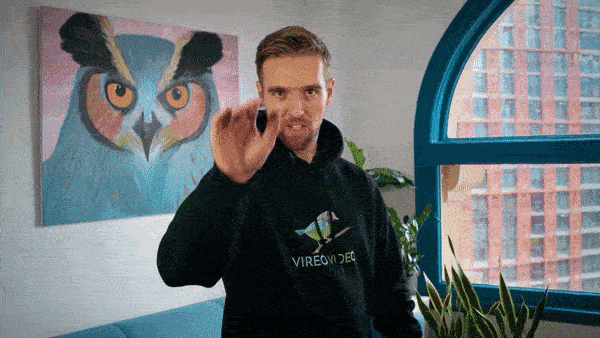
You need to be able to make the viewer curious. At the same time, you need to also provide just enough info to give a sense of what to expect from you video / service / product… etc.
It’s a delicate balance, and we often tell clients to test and experiment with a variety of hooks and CTAs. It’s hard to know for sure what will work the best, so don’t shy away from getting creative.

Not maximizing the potential of your most popular video ads
Take a look at your past videos. Which ones were your high performers? Repurpose those! Making use of videos that you already have and turning them into something better is so often overlooked.
You could create an updated version. Add more relevant topics or information. Make it longer or shorter. Maybe include pop culture references that your audience can relate to. The things you can do with an old-but-gold video are limitless!
Keep in mind, you don’t need to completely overhaul your video here. In fact, we’d suggest the opposite because the video was already working for you, right? So just look for general improvements.
You just need to think about what your current audience is consuming and enjoying. Make your repurposed video more aligned to that, so your audience is inclined to pay attention to you.
Conclusion
A YouTube campaign relies heavily on good video ads, and the process of creating them and launching them takes time. And that’s exactly what you should do… take time! Take time to research your target audience, and to plan and strategize. Block off your calendar to create top-quality content, and to know what your data is telling you. Spend energy to really connect with your audience, and care about the details!
A YouTube campaign will only be successful when it can capture peoples attention, hold it, and effectively present a solution to whatever the viewer needs at that moment.
If you want to learn more about YouTube advertising, check out the guest post we did for Influencer Marketing Hub. The article, “An Advanced Guide To Profitable YouTube Advertising for Businesses” shares our team’s process behind creating successful YouTube ads and is definitely worth a read!
Lastly, if your business doesn’t have the time or expertise to setup YouTube advertising, that’s what we’re here for. Reach out to us and we’d be happy to help your business through this process.


